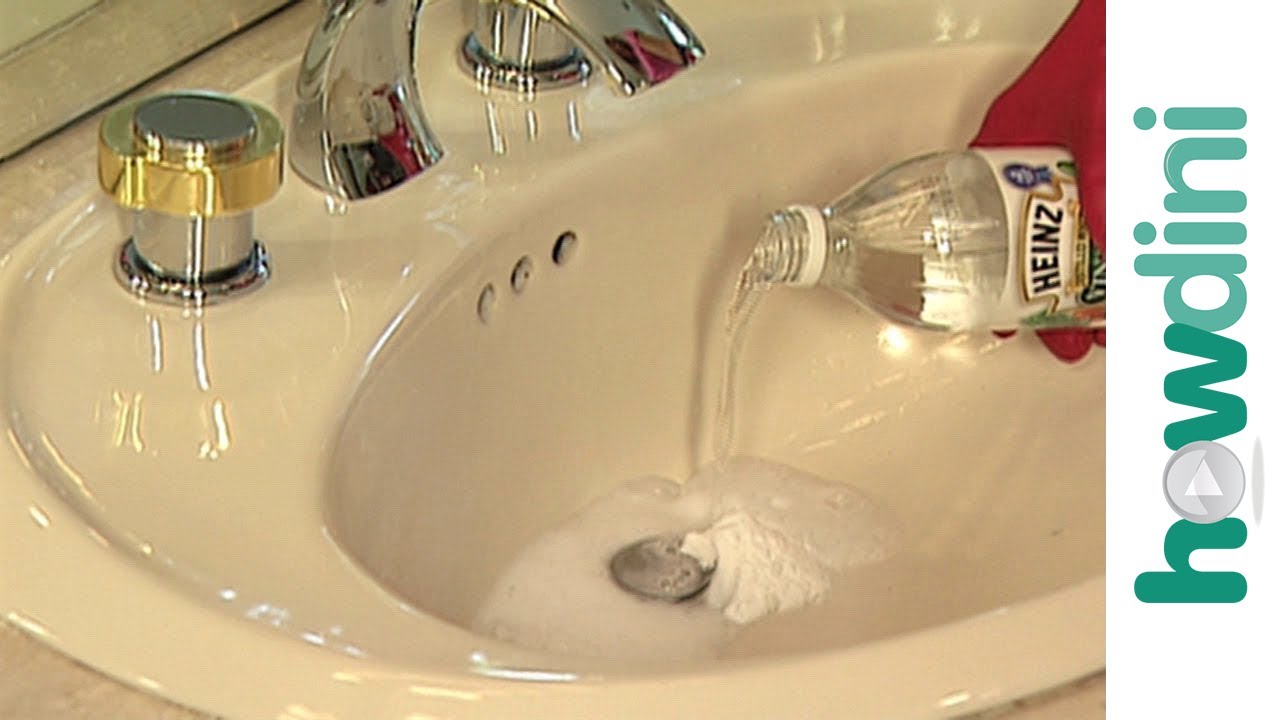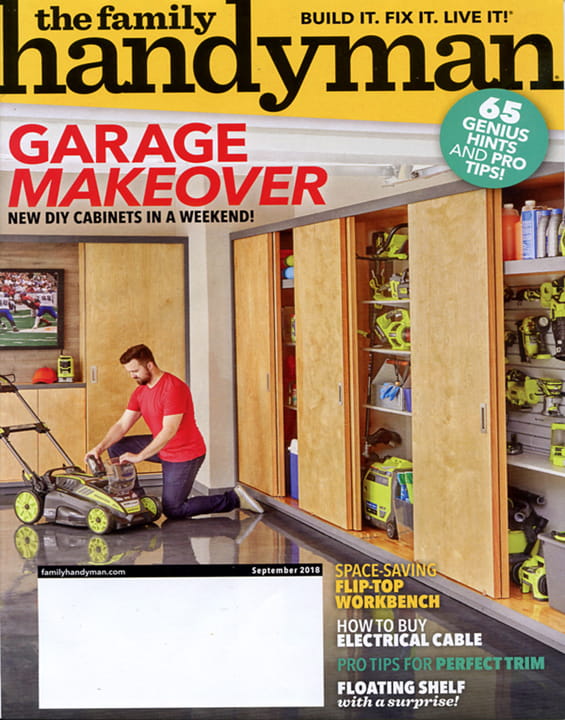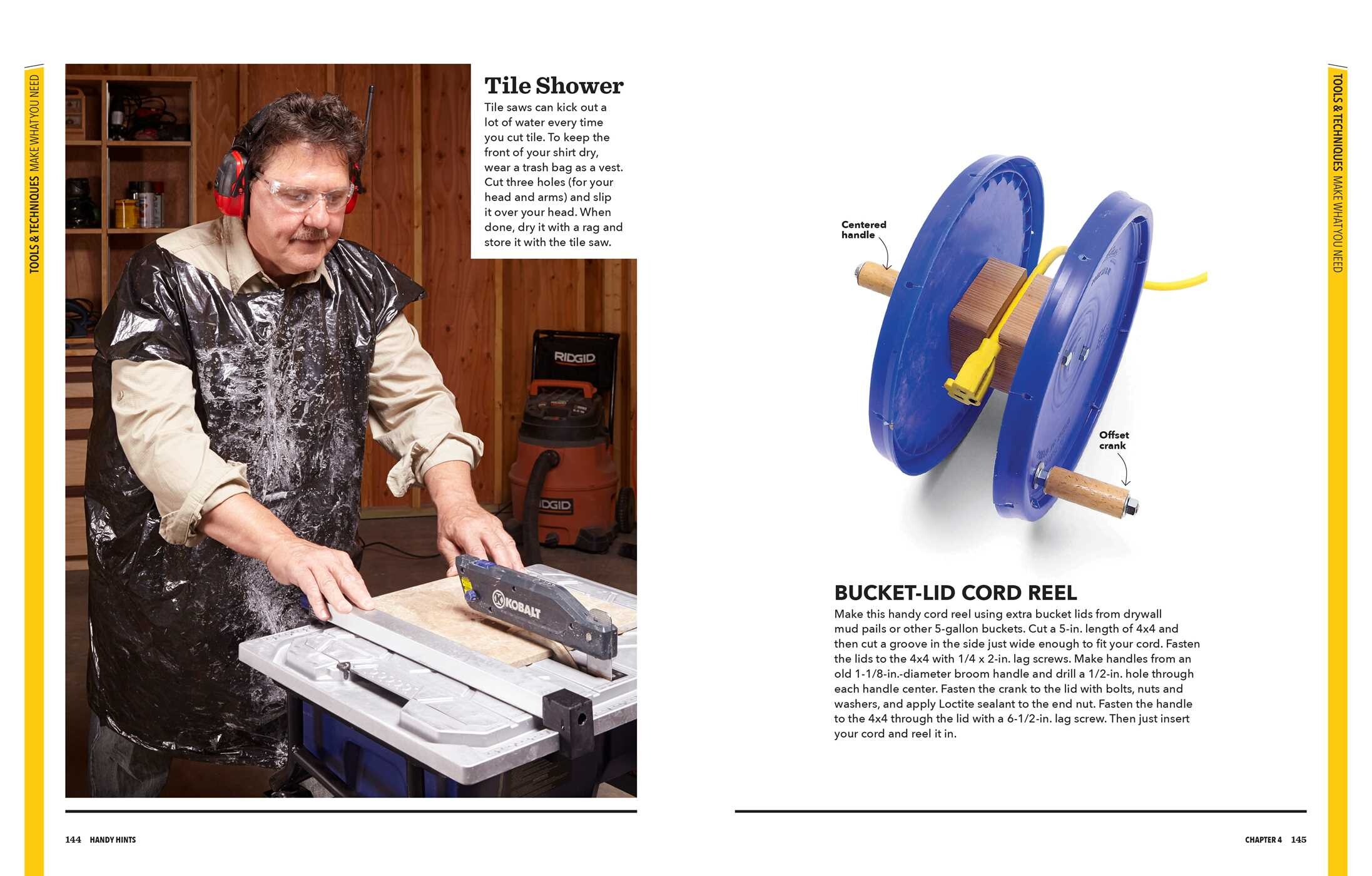If you're dealing with a clogged bathroom sink, you know how frustrating it can be. The stagnant water and slow draining can put a damper on your daily routine. But fear not, there are several effective methods you can try to unclog your bathroom sink and get it running smoothly again. Here are the top 10 methods we recommend:The Best Methods for Unclogging a Bathroom Sink
A plunger is a classic tool for unclogging sinks and toilets. To use it on your bathroom sink, first fill the sink with enough water to cover the drain. Place the plunger over the drain and give it a few vigorous pumps. The suction created by the plunger can help dislodge any blockages and get the water flowing again.1. Use a Plunger
A drain snake, also known as a plumbing auger, is a long, flexible tool that can reach deep into your drain to remove clogs. Insert the snake into the drain and turn the handle to navigate it through the pipes. When you encounter resistance, rotate the snake to break up the clog and pull it out.2. Try a Drain Snake
If your sink is only partially clogged, pouring boiling water down the drain can help dissolve any built-up debris. Be careful not to use this method on plastic pipes, as the hot water can cause damage. This method is best for small clogs and regular maintenance to keep your sink from becoming completely blocked.3. Use Boiling Water
This natural DIY solution can often do the trick for unclogging bathroom sinks. Start by pouring half a cup of baking soda down the drain, followed by half a cup of vinegar. The mixture will create a foaming reaction that can help break up the clog. Let it sit for a few minutes, then flush with hot water.4. Use Baking Soda and Vinegar
If you have a wet/dry vacuum, you can use it to suck out the clog in your sink. First, seal off the overflow opening with tape or a cloth, then place the vacuum hose over the drain and turn it on. The suction from the vacuum can pull out the clog and get your sink draining again.5. Use a Wet/Dry Vacuum
The P-trap is the curved pipe underneath your sink that is designed to trap debris and prevent it from going further into the plumbing system. If your sink is still clogged after trying other methods, you may need to remove the P-trap and clean it out. Be sure to have a bucket or towel handy to catch any water that may spill out.6. Remove and Clean the P-trap
Chemical drain cleaners can be effective in breaking up clogs, but be cautious when using them. These products can be harmful to your skin and eyes, and can also cause damage to your pipes if used incorrectly. Be sure to follow the instructions carefully and use protective gear.7. Use a Chemical Drain Cleaner
If you prefer to avoid harsh chemicals, you can make your own drain cleaner using equal parts baking soda and salt, followed by hot water. Let the mixture sit in the drain for a few hours before flushing with hot water. This can help break up clogs and also eliminate any unpleasant odors.8. Try a Homemade Drain Cleaner
A plumbing snake tool is similar to a drain snake, but it is designed specifically for bathroom sink drains. It has a small hook on the end that can grab onto hair and other debris, making it easier to pull out of the drain. This tool can be useful for regular maintenance to prevent clogs from forming.9. Use a Plumbing Snake Tool
If all else fails, it may be time to call in the professionals. A licensed plumber has the expertise and tools to effectively unclog your bathroom sink and ensure there are no underlying issues causing the clog. They can also provide tips for preventing future clogs.10. Call a Professional Plumber
A clogged bathroom sink can disrupt your daily routine, but with these 10 methods, you can get it unclogged and back in working order. It's important to regularly maintain your sink to prevent clogs from forming, and to be cautious when using chemical drain cleaners. If the clog persists, don't hesitate to call a plumber for assistance. With these tips, you can keep your bathroom sink running smoothly and avoid any future plumbing headaches.Conclusion
Why You Should Choose a Chemical-Free Method to Unclog Your Bathroom Sink

Why Chemicals May Not Be the Best Option
 When faced with a clogged bathroom sink, many people's first instinct may be to reach for a bottle of chemical drain cleaner. While this may seem like a quick and easy solution, it can actually do more harm than good.
Chemical drain cleaners are not only harmful to the environment, but they can also damage your pipes and be dangerous for your health.
In addition, they often only provide a temporary fix and can lead to recurring clogs.
So why not consider a chemical-free method that is not only better for your sink and the environment, but also more effective in the long run?
When faced with a clogged bathroom sink, many people's first instinct may be to reach for a bottle of chemical drain cleaner. While this may seem like a quick and easy solution, it can actually do more harm than good.
Chemical drain cleaners are not only harmful to the environment, but they can also damage your pipes and be dangerous for your health.
In addition, they often only provide a temporary fix and can lead to recurring clogs.
So why not consider a chemical-free method that is not only better for your sink and the environment, but also more effective in the long run?
The Benefits of Using Natural Ingredients
 One of the best methods for unclogging a bathroom sink is by using natural ingredients that you most likely already have in your kitchen.
Vinegar and baking soda, for example, are a powerful duo when it comes to unclogging drains.
When combined, they create a chemical reaction that helps to break down and dissolve clogs. This method is not only effective, but it is also safe for your pipes and the environment. Plus, it is much more cost-effective than constantly buying chemical drain cleaners.
One of the best methods for unclogging a bathroom sink is by using natural ingredients that you most likely already have in your kitchen.
Vinegar and baking soda, for example, are a powerful duo when it comes to unclogging drains.
When combined, they create a chemical reaction that helps to break down and dissolve clogs. This method is not only effective, but it is also safe for your pipes and the environment. Plus, it is much more cost-effective than constantly buying chemical drain cleaners.
Other Natural Methods to Try
 If you don't have vinegar and baking soda on hand, there are other natural methods you can try.
Boiling water can be poured down the drain to help loosen and flush away any debris.
You can also use a plunger to create suction and dislodge the clog. For tougher clogs, a plumbing snake can be used to physically remove the blockage. These methods may require a bit more effort, but they are safer and more environmentally-friendly than using chemical drain cleaners.
If you don't have vinegar and baking soda on hand, there are other natural methods you can try.
Boiling water can be poured down the drain to help loosen and flush away any debris.
You can also use a plunger to create suction and dislodge the clog. For tougher clogs, a plumbing snake can be used to physically remove the blockage. These methods may require a bit more effort, but they are safer and more environmentally-friendly than using chemical drain cleaners.
Prevention is Key
 Of course, the best way to avoid dealing with a clogged bathroom sink is by preventing it in the first place.
Regularly cleaning your sink and drain with a mixture of hot water and vinegar can help prevent build-up and keep your drain flowing smoothly.
You can also use a hair catcher to prevent hair from clogging your drain. Being mindful of what you put down your sink, such as oils and grease, can also help prevent clogs.
In conclusion, while it may be tempting to use chemical drain cleaners to unclog your bathroom sink, it is not the best method for the health of your sink, your pipes, or the environment. By using natural ingredients and practicing preventative measures, you can effectively unclog your sink without any harmful side effects. So next time you're faced with a clogged sink, try a chemical-free method and see the difference it makes.
Of course, the best way to avoid dealing with a clogged bathroom sink is by preventing it in the first place.
Regularly cleaning your sink and drain with a mixture of hot water and vinegar can help prevent build-up and keep your drain flowing smoothly.
You can also use a hair catcher to prevent hair from clogging your drain. Being mindful of what you put down your sink, such as oils and grease, can also help prevent clogs.
In conclusion, while it may be tempting to use chemical drain cleaners to unclog your bathroom sink, it is not the best method for the health of your sink, your pipes, or the environment. By using natural ingredients and practicing preventative measures, you can effectively unclog your sink without any harmful side effects. So next time you're faced with a clogged sink, try a chemical-free method and see the difference it makes.














/GettyImages-564734565-58dbe7bb5f9b584683f795b1.jpg)

:max_bytes(150000):strip_icc()/white-spruce-branch-837600712-5313112828fd4f4aa49d5d8f2e05568c.jpg)



















/HouseofChais-958bd71c530d4a30a9f13de113c6a7a4.jpg)











































:max_bytes(150000):strip_icc()/freshen-and-unclog-drain-with-baking-soda-1900466-22-bbf940b70afa4d5abef0c54da23b1d3f.jpg)


:max_bytes(150000):strip_icc()/freshen-and-unclog-drain-with-baking-soda-1900466-18-1a5b5da01939471ca8f8823865bd1ce8.jpg)













